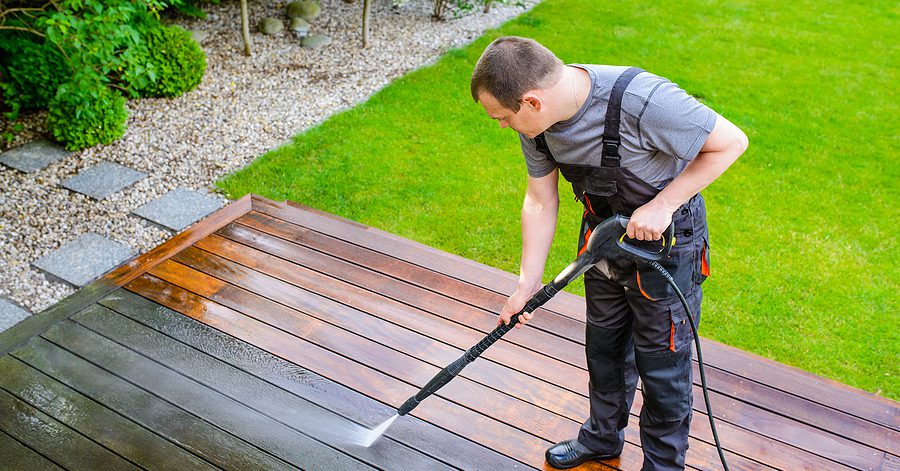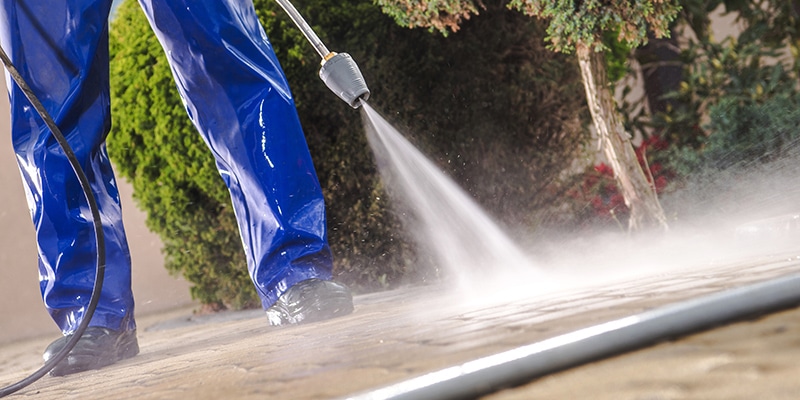Revitalize Your Home: The Ultimate Guide to Pressure Washing
Stress washing is an important device for house owners aiming to recover the aesthetic allure and longevity of their homes. To navigate these intricacies and accomplish ideal results, it is important to check out the fundamental facets of pressure washing, including functional guidance on addressing common stains and making certain safety throughout the process.
Recognizing Pressure Laundering
Pressure washing is a powerful cleansing technique that utilizes high-pressure water spray to get rid of dust, grime, mold and mildew, and various other pollutants from numerous surface areas. This strategy is specifically reliable on difficult surfaces like driveways, pathways, decks, and home siding, where traditional cleansing techniques may fail. By using specialized tools that generates high-pressure streams of water, stress washing can pass through deeply right into surface areas, efficiently dislodging and removing persistent particles.
The procedure is not only reliable but additionally ecologically pleasant, as it usually relies exclusively on water, lowering the demand for harsh chemical cleansers. Additionally, stress washing can improve the aesthetic appeal of buildings, preserving their value and extending the life expectancy of surfaces by preventing degeneration triggered by impurities.

Choosing the Right Devices
Selecting the appropriate equipment is essential for achieving ideal results in stress cleaning. Gas units, on the other hand, supply greater pressure and circulation rates, making them suitable for bigger tasks such as cleansing driveways or house siding.
Next, consider the stress rating, determined in pounds per square inch (PSI) For light-duty tasks, a pressure washer with 1,300 to 1,600 PSI is enough, while medium-duty tasks normally require 1,600 to 2,500 PSI. Heavy-duty tasks might require makers going beyond 2,500 PSI.
In addition, the flow rate, determined in gallons per min (GPM), influences cleaning up performance (Pressure Washing Lockhart). A higher GPM enables for quicker cleaning yet might need a lot more powerful tools
Methods for Reliable Cleansing

The technique of overlapping strokes is essential for even protection. Begin with the leading and work your means down, making certain that each pass a little overlaps the previous one. This prevents spotting and makes certain a complete clean. Additionally, maintaining a constant range from the surface, commonly 12 to 18 inches, allows for reliable application without creating injury.
Making use of the correct nozzle is also crucial. A wide-angle nozzle is perfect for larger locations, while a narrow nozzle can target persistent dust or gunk. In addition, utilizing a sweeping activity rather than a fixed spray assists to prevent concentrated locations of pressure, which could result in surface area damages.

Taking On Common Stains
When it involves preserving the look of outside surfaces, addressing typical spots properly is crucial for extending their life-span and boosting curb appeal. Numerous surfaces, including wood, concrete, and vinyl, can accumulate spots from organic materials, oils, and toxic wastes, requiring a targeted technique.
For oil spots, a mix of degreasers and pressure cleaning can produce exceptional outcomes. Apply the degreaser to the discolored area, permitting it to permeate before utilizing a pressure washer to get rid of the residue. Organic spots, such as mildew or algae, usually call for a service having bleach or a dedicated mold eliminator, adhered to by stress washing to recover the surface's initial appearance.
Rust spots, usually found on metal surfaces, might necessitate specific corrosion removers. Apply the item and scrub the location before pressure washing to eliminate any remaining discoloration. It is very important to check any cleansing remedy on a tiny, low-profile area first to prevent damages.
Safety And Security Tips and Ideal Practices
Guaranteeing security while stress washing is paramount, as the high-pressure water can position considerable threats otherwise dealt with appropriately. To secure on your own and others, always put on proper personal protective tools (PPE), including safety goggles, handwear covers, and strong shoes. This equipment will certainly shield you from flying debris and the capacity for injury.
Prior to beginning, evaluate the stress washing machine for any kind of leakages or damaged parts. Acquaint on your own with the equipment's handbook to recognize its procedure and safety and security attributes. In addition, ensure the area you are functioning in is devoid of obstacles and learn the facts here now that any kind of electric links are risk-free from water exposure.
When operating the pressure washing machine, maintain a safe range from surfaces and avoid aiming the nozzle at individuals, family pets, or breakable items. Use the appropriate nozzle for the task, as different nozzles produce differing spray patterns and stress levels. Last but not least, bear in mind your surroundings: safe loose things, expect electric lines, and prevent working in damp problems that may lead to slides or drops.
Conclusion
In verdict, pressure washing works as a crucial tool for homeowners looking for to improve building aesthetics and long life. By comprehending the intricacies of tools choice, reliable cleansing techniques, and usual stain elimination, the potential for renewing one's home ends up being evident. In addition, adherence to safety methods guarantees a secure and effective cleansing process. Inevitably, the knowledge gotten from this overview furnishes homeowners with the needed abilities to preserve and boost their home's allure and value effectively.
Pressure washing is a powerful cleaning technique that uses high-pressure water spray to get rid of dust, crud, mold, and other pollutants from different surfaces. By utilizing customized tools that creates high-pressure streams of water, stress cleaning can pass through deeply right into surface areas, news successfully displacing and cleaning away persistent particles.
Nonetheless, it is essential to understand that stress cleaning calls for a particular degree of ability and understanding to prevent harmful surface areas. Softer materials like wood or painted surfaces demand a reduced stress establishing to stop damage, whereas concrete or brick surfaces can withstand greater stress levels.
Organic spots, such as mildew Go Here or algae, usually call for a remedy having bleach or a committed mold and mildew cleaner, followed by pressure cleaning to bring back the surface's initial appearance. - Pressure Washing Lockhart